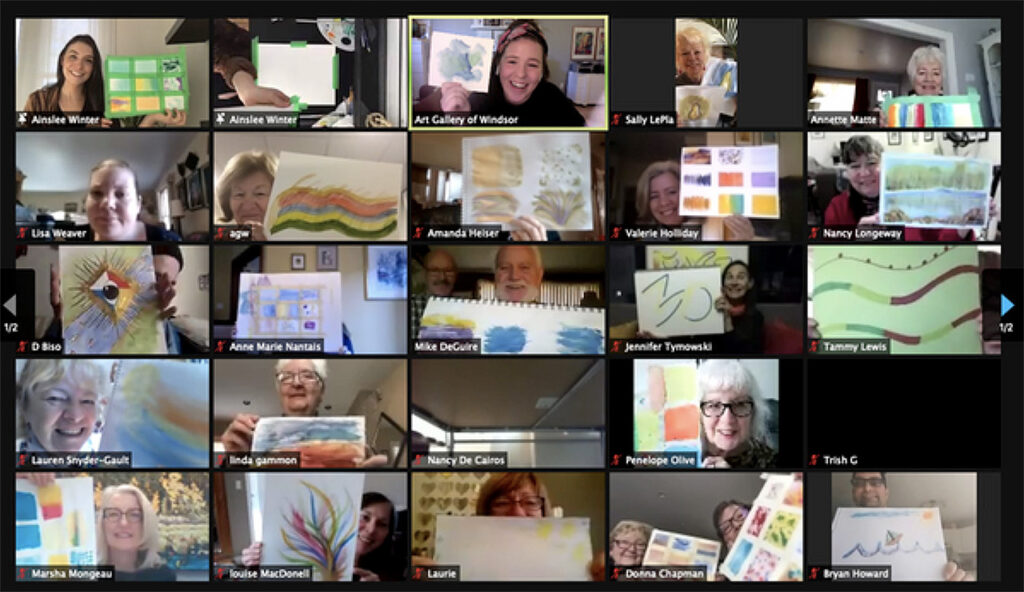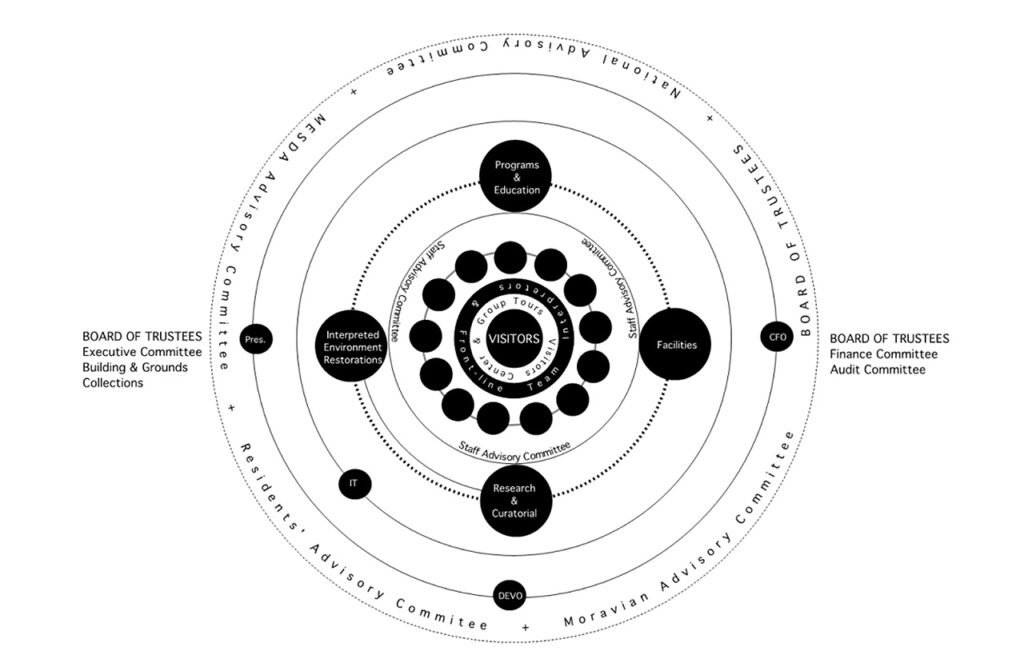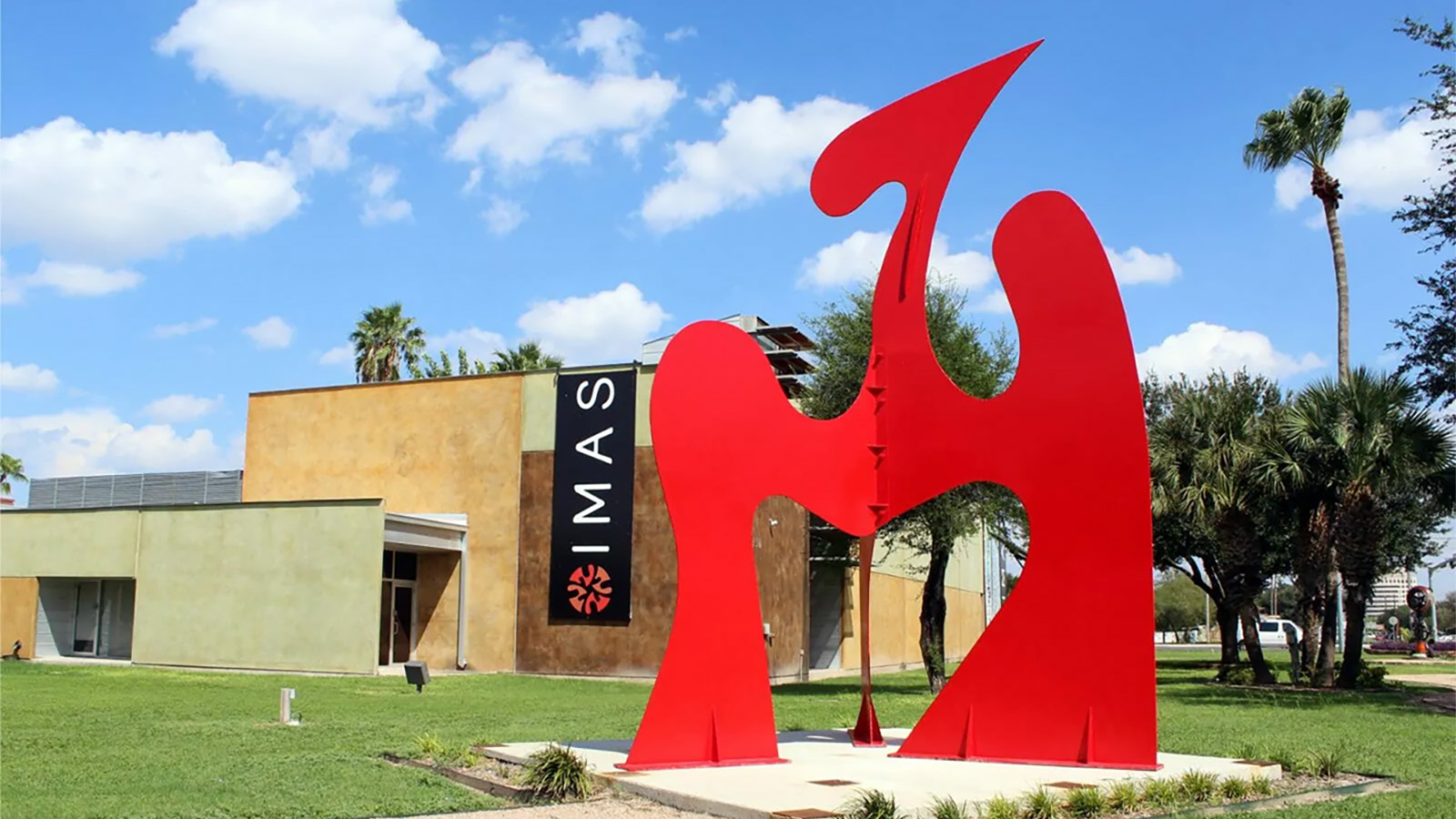The American Alliance of Museums’ annual TrendsWatch report turns its focus this year to museums’ relationship with their community and society. Through five key pillars, namely education, elderly care, mental health, emergency responses, and sustainability, Museums As Community Infrastructure provides actionable frameworks for cultural organizations to improve the ways they engage, activate, and support their communities. Here are five key takeaways from the report, alongside its recommendations.
Invest in education
Museums and education go hand-in-hand, but innovative education programs are what the community needs. According to the report, pandemic-era learning negatively impacted students with learning disabilities, students who act as caregivers, and LGBTQ+ students. And on the educators’ side, teachers were burdened with unmanageable workloads due to a lack of training, support, and time management assistance.
Museums devoted to fostering educational opportunities should consider establishing education facilities such as libraries and after-school programs, increasing digital offerings, and developing resources that transform museum assets into school curricula. For example, in the summer of 2020, the Great Lakes Science Center’s museum staff led STEM-based activities while helping students with their homework. Designated spaces for schools in museums, digital teacher-curator presentations, and free reference materials for teachers and students can also help facilitate learning within and without the museum.
Don’t forget about the elderly

Over lockdowns, the Musical Instrument Museum teamed up with Arizona State University to host virtual tours and programs to uplift senior communities unable to visit the institution physically. Image: Musical Instrument Museum on Facebook
Often, the first community to be left behind is the elderly. According to the report, older adults are projected to outnumber children by 2034. In conjunction with increased independent living costs, health concerns, and societal ageism, the elderly face growing obstacles as they age. As community-based institutions, museums can participate in the care of the elderly through collaborative projects.
Actions like accessibility-based design and sensitivity training to avoid ageist programming and employee conduct are key here. As an example, the Musical Instrument Museum’s elderly-inclusive strategy saw it partner with Arizona State University for virtual programming aimed at senior communities unable to visit the institution physically. Organized over lockdowns, these programs included virtual gallery tours, musical activities, and a Senior Wellness video series designed for patients in memory care.
Center mental health

Today, the Art Gallery of Windsor continues to host regular Zoom workshops to support mental wellness among its audience through art-making and art appreciation. Image: Art Gallery of Windsor
During 2020’s lockdown, the Art Gallery of Windsor partnered with the Canadian Mental Health Association to offer online art therapy programs to support mental wellness among its audience through art-making and art appreciation. This accessibility to art therapy joins other actionable possibilities for museums to create space for mental health, including working with existing community resources such as hospitals, schools, and counseling centers to design mental health-oriented programming, and providing anti-trigger sensitivity training for visitor-facing employees.
Internally, museums can better address their employees’ mental health by building pro-mental health discussion environments, offering mental health training programming, utilizing stress gauging surveys, and considering redesigning employment practices that directly affect adverse mental health.
Be ready to address disasters
Civic unrest and natural disasters are unavoidable. These disasters can directly affect daily life for community members, whether it be displacement caused by widespread power outages or rising sea levels contributing to the destruction of indigenous communities’ homes.
Internally, museums can offer their spaces for community gathering for at-risk individuals, redesigning architecture to better fare against natural disasters, and create employee training designed for emergency response needs. Externally, museums can engage community members by offering emergency action training and partnering with emergency managers to design response plans. For example, during the 2021 “deep freeze” in Texas, the International Museum of Art & Science became a free daytime warming center for its local community.
Reevaluate what “growth” means

North Carolina institutions, the Old Salem Museum & Gardens and the Museum of Early Southern Decorative Arts, have reimagined the tradition organizational chart to position operational staff and visitors at the center of everything they do. Image: AAM TrendsWatch report
While expanding collection sizes, building new spaces, and increasing visitor foot traffic are tempting, growth isn’t always sustainable and ethical. For example, in 2005, only 11 percent of museums had adequate collection storage facilities. Unprecedented growth also often takes away resources from other critical sectors like employee salaries, visitor experiences, and environmental upkeep.
Instead of encouraging unmanaged growth, museums can embrace circular practices such as recycling collection pieces or trading pieces with other institutions, reexamining employee compensation policies, and more fundamentally, reevaluating the metrics used to measure museum success.



